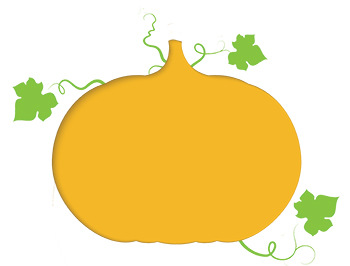
One of the interesting things about October, November, and December, is that there are several seasonal patterns that usually work very well.
October Seasonal trade
The first is what we call the “October Seasonal” trade. This is a simple “system,” based on strong seasonal patterns:
- Buy “the market” at the close of trading on October 27 each year.

- Sell your position at the close of trading on November 2.
Adjustments are made for weekends: If October 27 falls on a weekend, then buy the close of the preceding Friday. If November 2 falls on a weekend, then sell at the close of trading on the following Monday.
The average gain for this approach since 1978 is 12.2 $SPX points, or +1.9%. It has made money in 31 of the last 37 years. From 1978 through 2000, the system never had a losing year. The biggest gains came in 1987, 1997, and 2008—all years in which there was an October market disaster. Since 2000 there have been five losing years—and they had one thing in common: There had not been a large October decline prior to the 27th. Noticing that, we analyzed whether the system should only be employed in years when there was, indeed, a broad market decline some time during the month of October. It turns out that it pays to avoid the system when there isn’t at least a 3.2% decline in the S&P 500 Index ($SPX) in October (from closing price to closing price) at some time during the month.
While it is not necessary to fully explain a seasonal system, it seems that the system has something to do with institutional traders unloading large positions during October “crashes.” Since many mutual funds have October 31 as their fiscal year-end, they are forced to buy stocks back as the end of October nears. Also, the October market bottom is often a strong one, and institutions are reluctant to show too large of a cash position at the end of October. By this time, equity prices tend to be rallying, so they buy back the stocks they sold just a few weeks earlier.
Post-Thanksgiving Seasonal trade
 Another system that we have traded in recent years is the “Post-Thanksgiving Seasonal” trade. Originally, in this system we bought “the market” at the close of trading on the day before Thanksgiving and held with a trailing stop into December. Although we have had successful trades in the past, this style of trading is difficult to backtest because one has to specify exactly where and how the trailing stop is determined and placed.
Another system that we have traded in recent years is the “Post-Thanksgiving Seasonal” trade. Originally, in this system we bought “the market” at the close of trading on the day before Thanksgiving and held with a trailing stop into December. Although we have had successful trades in the past, this style of trading is difficult to backtest because one has to specify exactly where and how the trailing stop is determined and placed.
Then, we refined the process a bit, based on some research by Jay Kaeppel, a well-known technical analyst. This combined the Post-Thanksgiving trade with the “Santa Claus Rally” system (originally identified by Yale Hirsch).
The Santa Claus Rally encompasses the last five trading days of one year and the first two trading days of the next year. It is generally a bullish seven-day period. So linking the two systems together, we made a determination: Buy “the market” at the close of the trading day prior to Thanksgiving and hold through the close of the second trading day of the New Year.
January Effect
But we weren’t finished there. We have often traded the “January Effect”—as long ago as the 1980s. There is still a January Effect, although it no longer occurs in January. The January Effect is, in general, a period of time when small-cap stocks outperform large-cap stocks. In recent years, the period of time when the small caps (as measured by the Russell 2000 Index or IWM ETF) outperform almost exactly corresponds to the period of time between Thanksgiving and the New Year.
Hence, we can use our Post-Thanksgiving trade, but now implement it with long IWM calls or the underlying ETF. Since 1990, there have been only four losing years. The average gain is a 3.8% rise.
Remember, no trade works every year (although our October Seasonal trade once had a run of 28 straight years). Enjoy the fall weather and the holiday season!
 Professional trader Lawrence G. McMillan is perhaps best known as the author of “Options as a Strategic Investment,” the best-selling work on stock and index options strategies, which has sold over 350,000 copies. An active trader of his own account, he also manages option-oriented accounts for clients. As president of McMillan Analysis Corporation, he edits and does research for the firm’s newsletter publications. optionstrategist.com
Professional trader Lawrence G. McMillan is perhaps best known as the author of “Options as a Strategic Investment,” the best-selling work on stock and index options strategies, which has sold over 350,000 copies. An active trader of his own account, he also manages option-oriented accounts for clients. As president of McMillan Analysis Corporation, he edits and does research for the firm’s newsletter publications. optionstrategist.com
